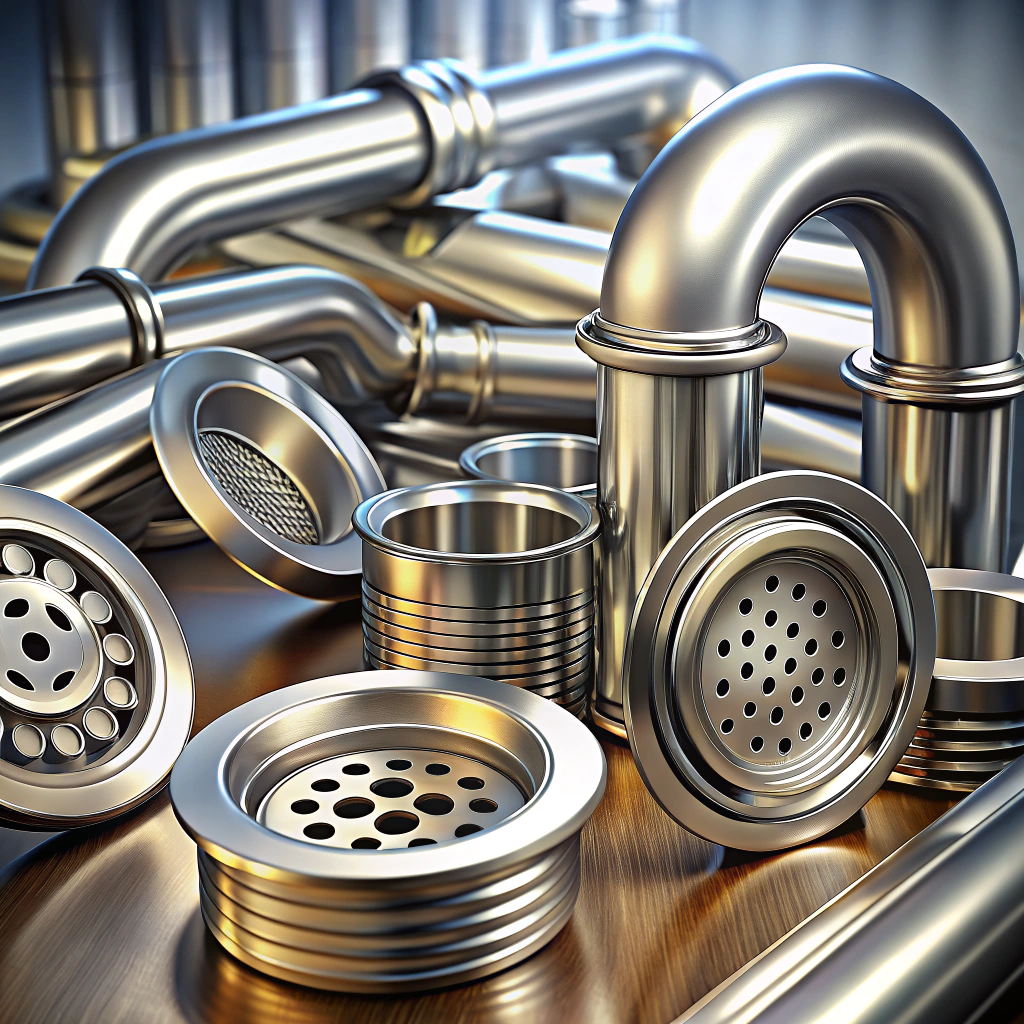Last updated on
Discover the key differences between pot filler and standard kitchen faucets. Determine which option best suits your culinary needs and enhances your cooking experience.
One of the most important decisions you’ll make when designing your kitchen: choosing between a pot filler faucet and a standard kitchen faucet. As a seasoned male home decorator, I’ve seen firsthand how this decision can make or break the overall look and functionality of a kitchen.
While standard kitchen faucets have been the norm for years, pot filler faucets are quickly gaining popularity among homeowners. In this article, we’ll explore the pros and cons of each option so that you can make an informed decision for your own home.
So grab a cup of coffee and let’s dive in!
Key takeaways:
- Pot filler faucets offer convenience and save time when filling large pots.
- Standard kitchen faucets are more affordable and versatile in terms of design.
- Pot filler faucets require additional plumbing work for installation.
- Pot filler faucets have a higher water flow rate for quick filling of large pots.
- Consider your cooking habits and budget when choosing between the two.
What's Inside
Introduction
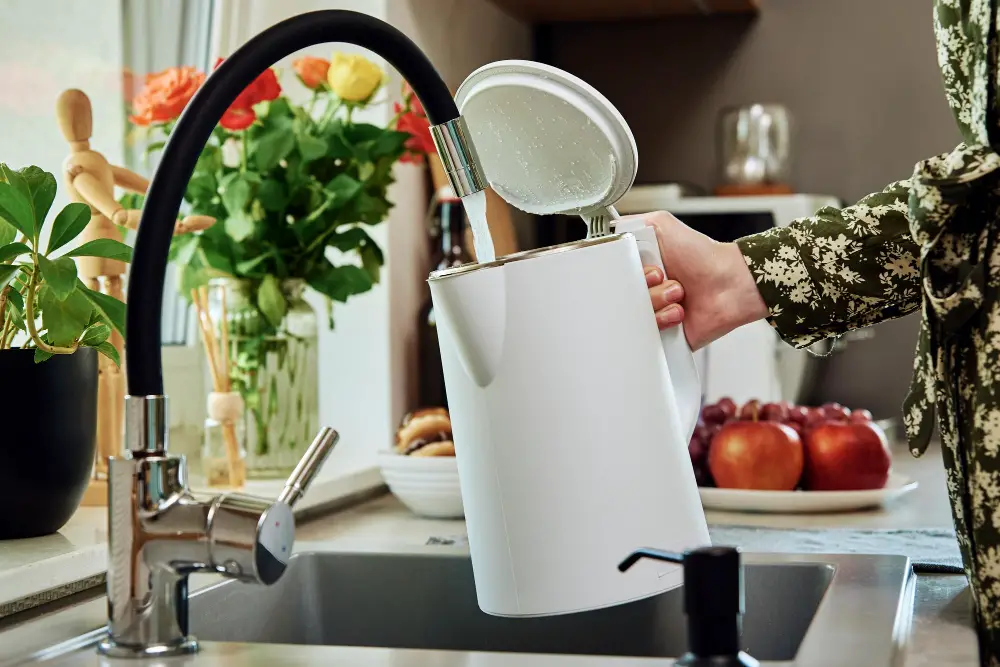
When it comes to designing a kitchen, every detail counts. From the color of the cabinets to the type of flooring, each decision contributes to creating a space that is both functional and aesthetically pleasing.
One such decision is choosing between a pot filler faucet or standard kitchen faucet. While both options serve their purpose in delivering water for cooking and cleaning purposes, there are significant differences between them that can impact your overall experience in the kitchen.
Pot filler faucets have become increasingly popular among homeowners due to their convenience and functionality when cooking large meals or entertaining guests. These specialized faucets are installed above your stove or cooktop so you can easily fill pots with water without having to carry them from sink to stove.
On the other hand, standard kitchen faucets remain an essential part of any home’s plumbing system as they provide running water for washing dishes and hands as well as filling pots on occasion.
Pot Filler Faucets
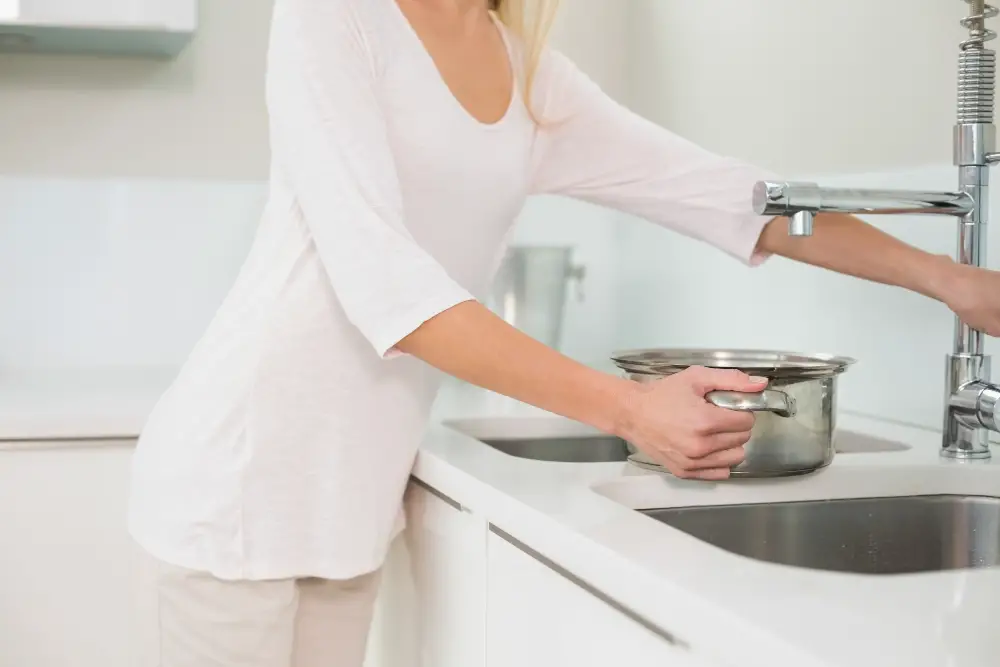
These specialized faucets are designed to fill pots and pans directly on the stove, eliminating the need for carrying heavy pots filled with water from sink to stove. Pot filler faucets come in various styles and finishes that can complement any kitchen design scheme.
One of the most significant advantages of pot filler faucets is their convenience factor. They save time by allowing you to fill large pots without having to move them around or lift them up high over your head at a sink faucet.
This feature also reduces strain on your back muscles, making it an excellent option for those who suffer from chronic pain or mobility issues.
Another advantage of pot filler faucets is their versatility in terms of installation location; they can be installed above any cooktop surface – gas burners, electric stovetops or induction cooktops- as long as there’s enough space between it and cabinets above it.
However, one potential drawback is that installing a pot-filler requires additional plumbing work which may increase installation costs compared with standard kitchen sinks’ installations.
Standard Kitchen Faucets
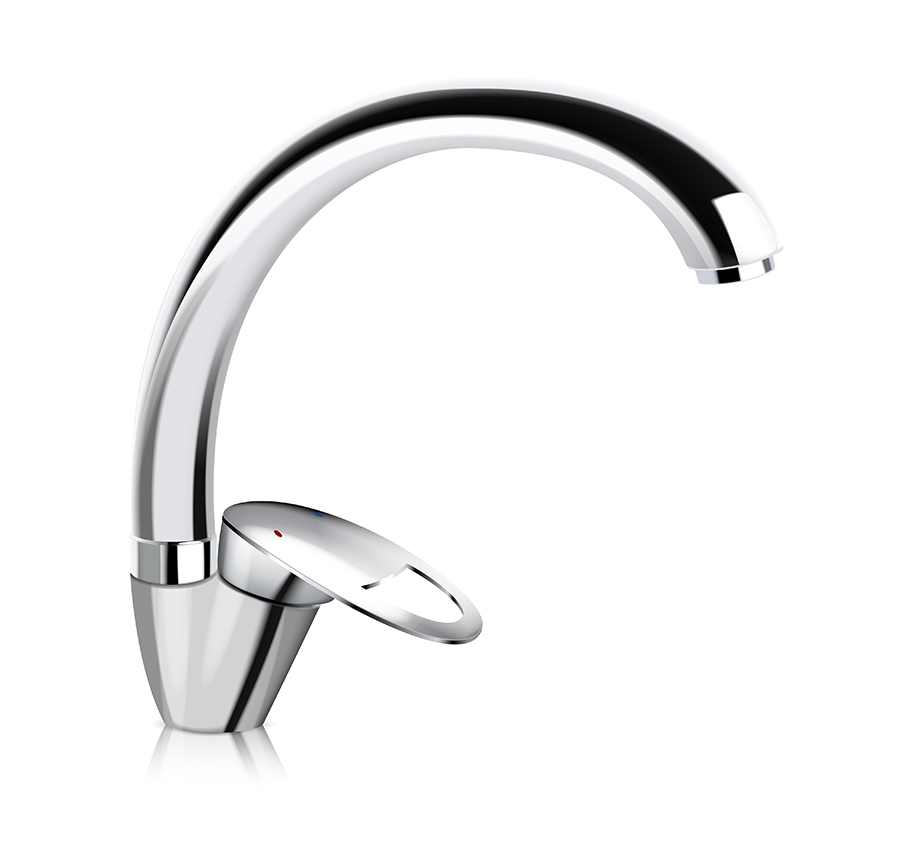
They come in a variety of styles and finishes, making them a versatile option for any kitchen design. These faucets typically have one or two handles that control both hot and cold water flow, as well as a spout that can swivel to reach different areas of the sink.
Standard kitchen faucets are also relatively easy to install and maintain.
One advantage of standard kitchen faucets is their affordability compared to pot filler options. They also offer more flexibility when it comes to choosing designs since they come in various shapes, sizes, colors, materials such as stainless steel or brass finish.
However, there are some downsides associated with standard kitchen faucets too. They may not be suitable for larger pots due to their limited height clearance between the spout and sink bottom, which makes filling up large pots difficult without tilting them at an angle which could cause spills on your countertop surface.
Installation Differences

Standard kitchen faucets are installed on the sink or countertop, while pot filler faucets are mounted on the wall above your stove. This means that installing a pot filler faucet requires additional plumbing work to run water lines from your main water supply to the location where you want it installed.
While this may seem like an inconvenience, it’s important to note that having a separate faucet for filling pots can save you time and energy in the long run. With a pot filler faucet, there’s no need to carry heavy pots filled with water across your kitchen or wait for them to fill up at your sink.
Water Flow Rate Comparison
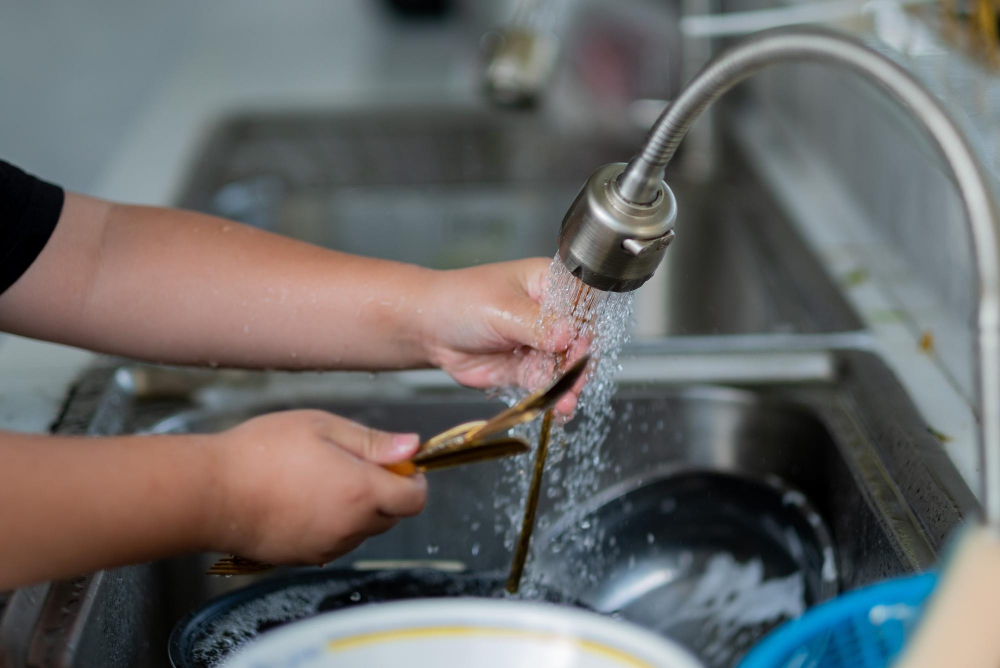
Pot filler faucets are designed to fill large pots quickly, so they typically have a higher flow rate than standard kitchen faucets. This means that you can fill up your pasta pot or soup kettle in no time at all, without having to wait for the water to trickle out of a regular faucet.
On the other hand, standard kitchen faucets usually have lower flow rates because they’re not meant for filling large containers. While this may be frustrating when you need hot water fast, it’s actually more efficient when washing dishes or hands since it conserves water.
When choosing between these two types of fixtures, consider how often you’ll be using them and what tasks require high volumes of flowing water versus those that don’t.
Design and Aesthetics
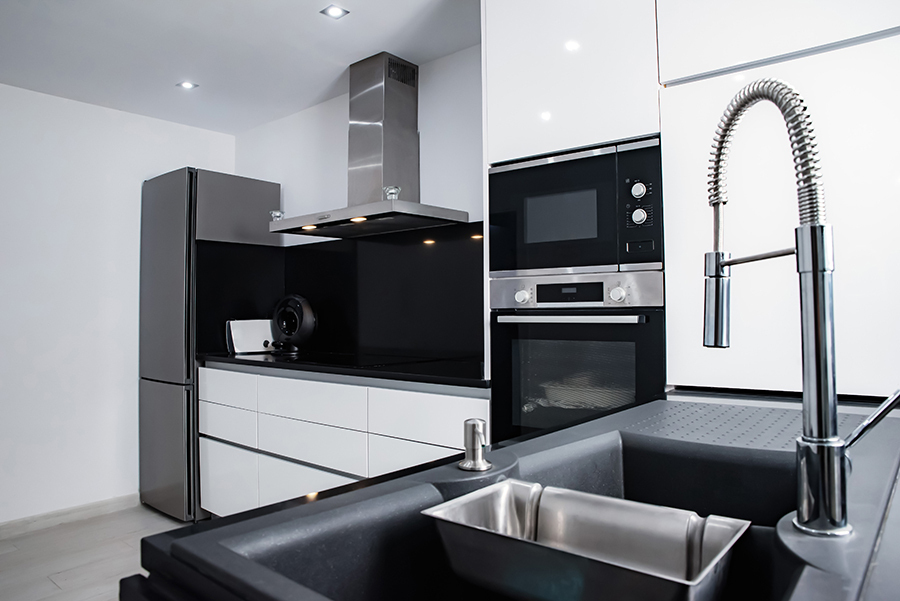
Pot filler faucets are often considered a statement piece in the kitchen due to their unique appearance and placement above the stove. They come in various finishes such as chrome, stainless steel, brass or matte black that can complement any kitchen style from traditional to modern.
On the other hand, standard kitchen faucets offer more versatility when it comes to design options since they come in different shapes and sizes with varying features like pull-down sprayers or touchless technology. You can choose a faucet that matches your sink’s finish for a cohesive look.
Functionality and Convenience
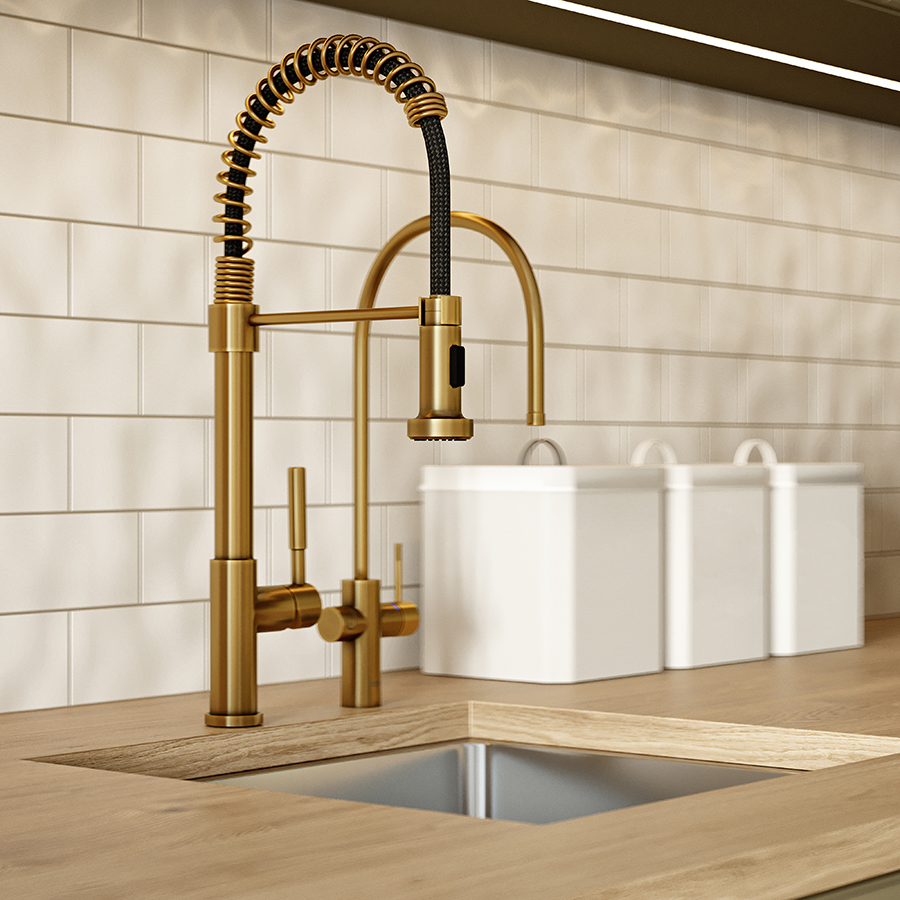
Standard kitchen faucets are great for everyday use as they can be used for a variety of tasks such as washing dishes, filling pots with water, or cleaning fruits and vegetables. However, when it comes to filling large pots with water or boiling pasta in a hurry, pot filler faucets take the lead.
Pot filler faucets are designed specifically for this purpose – they allow you to fill up large pots without having to carry them back-and-forth from the sink. This not only saves time but also reduces the risk of spills or accidents that may occur while carrying heavy objects around your kitchen.
Another advantage of pot filler faucet is its flexibility in terms of placement. You can install them near your stove so that you don’t have to walk across the room every time you need hot water while cooking on your stovetop.
Price Comparison
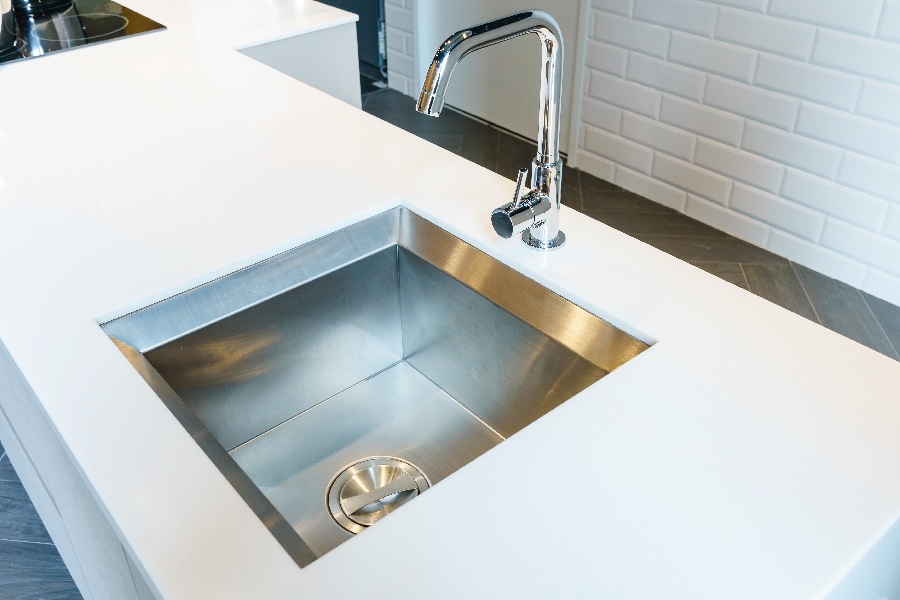
Pot filler faucets are generally more expensive than standard kitchen faucets due to their added features and convenience. However, this doesn’t mean that you can’t find affordable options for both types of faucets.
Standard kitchen faucets come in various price ranges depending on the brand, material quality, design complexity and additional features such as pull-down sprayers or touchless technology. On average they cost around $100-$300 but can go up to $500 or more for high-end models.
Pot filler faucets tend to be pricier because they require extra plumbing work during installation which increases labor costs significantly. Pot fillers are made from higher-quality materials like brass or stainless steel which also adds up to their overall cost.
On average pot fillers range from $200-$600 with some luxury brands costing over $1k.
Pros and Cons
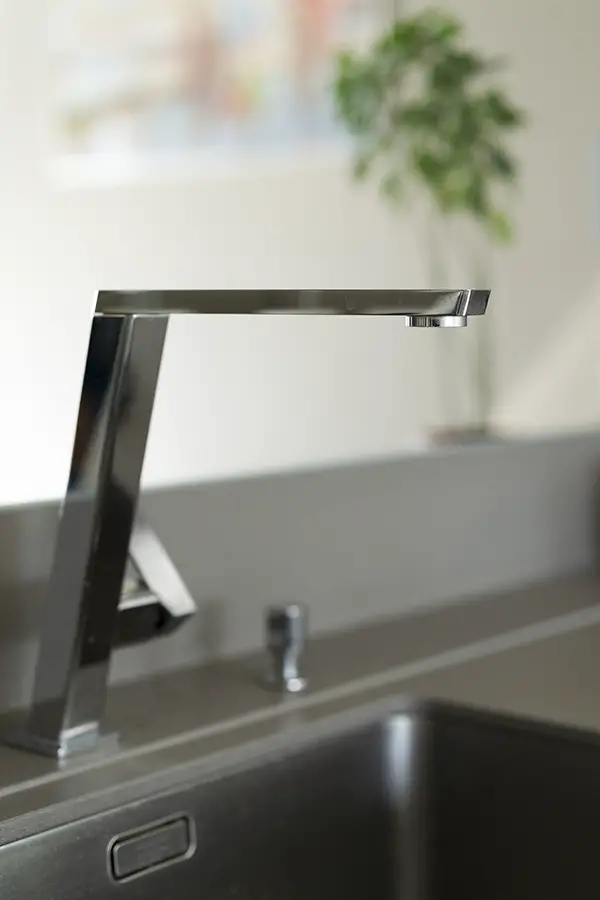
Let’s start with the benefits of a pot filler faucet. First, they provide convenience for those who frequently cook large meals or use oversized pots that can be difficult to move from sink to stove.
Pot fillers also save time by eliminating the need to carry heavy pots filled with water across your kitchen.
On the other hand, standard kitchen faucets offer their own set of advantages. They are typically less expensive than pot fillers and require less installation work since they only need one connection point instead of two like a pot filler does.
However, it’s important to note that while standard kitchen faucets may seem more cost-effective upfront, if you’re someone who cooks often or has a large family then investing in a high-quality pot filler faucet could end up saving you money in the long run by reducing strain on your back muscles from carrying heavy pots around.
Wrap Up
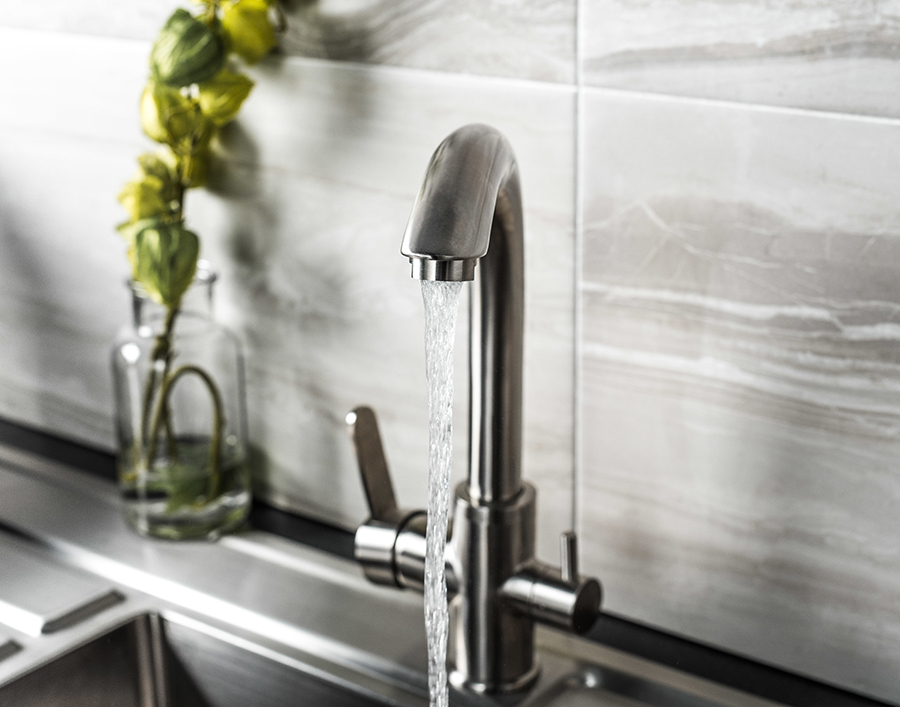
Pot filler faucets are a great addition for avid cooks who frequently use large pots or need to fill them up with water quickly. They also add an elegant touch to any kitchen design.
However, they can be expensive to install and may not be necessary for those who don’t cook often.
On the other hand, standard kitchen faucets are more affordable and versatile in terms of functionality since they can handle all types of tasks beyond just filling pots with water. They come in various designs that cater to different styles while still being functional.
Ultimately, your decision should depend on your cooking habits as well as your budget constraints when designing or renovating a new home.
Regardless of which option you choose between pot filler faucet vs standard faucet. Always remember that investing in quality fixtures is essential for creating a beautiful yet functional space where you’ll enjoy spending time cooking delicious meals!
